Seed selection and intensive coconut cultivation
According to Dr. Vu Van Khue, Deputy Director of the South Central Coast Agricultural Science and Technology Institute (ASISOV), the unit has previously carried out many projects related to coconut trees. Among them is a ministerial-level project to investigate, select, and research a number of technical measures for cultivating coconut trees. During that period, processed coconut trees in Binh Dinh were dominant, but later people focused on drinking coconut trees due to strong consumption.
“When drinking coconuts became popular, ASISOV continued to carry out a provincial-level research project on drinking coconuts. Up to now, ASISOV continues to carry out a ministerial-level project on drinking coconuts, which will end in 2025,” said Dr. Khue.
The research topic on Siamese coconut trees for drinking water comes from the fact that many localities in the South Central region are expanding the area for growing Siamese coconuts for drinking water, while there are currently many Siamese coconut varieties for drinking water originating from many different sources. For example, in Binh Dinh there is the Tam Quan green Siamese coconut variety, in Phu Yen there is the Fire Siamese coconut variety, in addition there are many green Siamese coconut varieties originating from the Mekong Delta provinces imported into the South Central region.
Tam Quan green coconut was selected by scientists of the South Central Coast Agricultural Science and Technology Institute as a quality variety, suitable for development in the region. Photo: V.D.T.
“Therefore, the first task of this project is to focus on collecting all the Siamese coconut varieties that exist in the South Central Coast region as well as the varieties imported from the Southern provinces. Then classify and evaluate the adaptability, productivity and quality when grown in the South Central region,” Dr. Vu Van Khue shared.
Through the investigation and research process of ASISOV, the Tam Quan green coconut variety (Binh Dinh) was selected by scientists as a variety with a lot of water and sweet water, suitable for the development of this crop in the South Central region.
In addition, ASISOV has also changed the way people cultivate coconut trees. According to Dr. Vu Van Khue, the traditional farming style of people in the South Central region is to hardly invest, water or fertilize the coconut garden but leave it to the weather. Currently, although people have switched to growing Siamese coconuts for drinking water, they have not maintained the old habit, coconut trees are still neglected, not watered and fertilized properly.
Therefore, during the hot season (from May to August every year), the Siamese coconut trees in Binh Dinh as well as in the South Central region have very low productivity and output. While during the hot season, the demand for water coconuts is very high, at this time the price of drinking coconuts sometimes increases to 15,000 VND/fruit but the gardeners do not have coconuts to supply the market. Therefore, during the hot season, the coconut market in Binh Dinh as well as in the provinces in the South Central region mainly brings drinking coconuts from the South to supply to consumers.
Currently, in the South Central Coast region, there are many varieties of Siamese coconut for drinking water. Photo: V.D.T.
According to ASISOV scientists, the reason why coconuts in the South Central region have low productivity, especially in the hot season, is due to lack of investment, watering, and fertilization like other crops. In reality, coconut growers who have access to technical processes and well-cared for coconut trees produce fruit all year round.
“Well-cared-for gardens still produce high-quality, high-yielding fruits during the dry season. At this time, the price of water coconuts is very high, so growers have a good income,” Dr. Vu Van Khue affirmed.
From there, ASISOV proposed solutions for coconut care such as watering and fertilizing, and at the same time proposed reasonable fertilization formulas to recommend to farmers. Thanks to that, in recent years, the productivity of drinking coconut of farmers in Binh Dinh and in the South Central region has increased significantly, even in the hot season.
Covering wasteland with coconut trees
According to Mr. Nguyen Chi Cong, Vice Chairman of the People's Committee of Hoai Nhon Town (Binh Dinh), at the end of 2024, the People's Committee of the Town issued a plan to conserve and develop coconut trees for the period 2025 - 2030 with the goal of increasing the value of coconut trees.
Currently, Hoai Nhon town has a total coconut growing area of up to 2,850 hectares, accounting for more than 30% of the coconut growing area of Binh Dinh province. The communes and wards of Hoai Hao, Hoai Thanh Tay, Hoai Chau, Tam Quan Nam, and Hoai Xuan are localities with large coconut growing areas. Coconut trees in Hoai Nhon have long been a stable source of income for thousands of households here.
Also according to Mr. Cong, in Tang Long 2 village, Tam Quan Bac commune (Hoai Nhon town), there is a green Siamese coconut garden of Mr. Le Xuan Ba (born in 1957) that has been exploited for many years, bringing very high economic efficiency. The coconut garden is 1 hectare wide with 150 green Siamese coconut trees, each month Mr. Ba harvests the fruit once, each time about 600 fruits, with the wholesale price at the garden ranging from 8,000 - 15,000 VND/fruit depending on the season, which means that each month Mr. Ba has an income from the coconut garden of nearly 9 million VND.
"Xiêm coconut grown on sandy soil by the sea gives sweet water with a unique salty taste, everyone who drinks it has to praise it," Mr. Cong commented.
Coconut trees grown on sandy coastal soil produce sweet water with a unique salty taste. Photo: V.D.T.
According to Dr. Vu Van Khue, Siamese coconuts grown in the South Central region are of very good quality and are favored by consumers. Drinking coconuts have more opportunities when they are officially exported to the US market from August 2023. The opportunity for drinking coconuts has doubled when recently, in August 2024, China signed a protocol allowing Vietnamese drinking coconuts to be officially exported to this country.
“Recently, ASISOV has assessed the potential of coconut trees in the South Central region and found that coconut trees in the region have great potential and value. Coconut is a multi-purpose tree. For example, Vietnamese coconut can be processed into food products, cosmetics, medicinal herbs, and used as raw materials for other processing industries such as cakes and candies. Even now, old Vietnamese coconut trees are also sawn for wood. Both Vietnamese coconut and Siamese coconut have very good economic value and purpose,” Dr. Khue assessed.
Especially in terms of environment, currently in the South Central Coast region there are many areas of wasteland, with high risk of degradation, difficult to grow other types of trees, so coconut trees are a feasible target to green these areas.
Binh Dinh farmers intensively cultivate Siamese coconuts for drinking water. Photo: V.D.T.
“With large coconut areas, when the coconut trees are mature, they will absorb CO2 very well, so we can consider income from selling carbon credits. Especially in the context of climate change like today, storms occur very erratically, coconut trees are very resistant to storms,” Dr. Vu Van Khue affirmed.
“Coconut is one of the six industrial crops to be developed in the coming time according to the direction of the Ministry of Agriculture and Environment. Accordingly, the South Central Coast region has a strategy to develop coconut trees combined with developing landscape tourism. A shady, clean coconut garden can attract tourists to stroll and drink coconut water on the spot…” Dr. Vu Van Khue suggested.
Source: https://nongnghiep.vn/giong-dua-xiem-xanh-tam-quan-lua-chon-so-1-cho-vung-nam-trung-bo-d742773.html


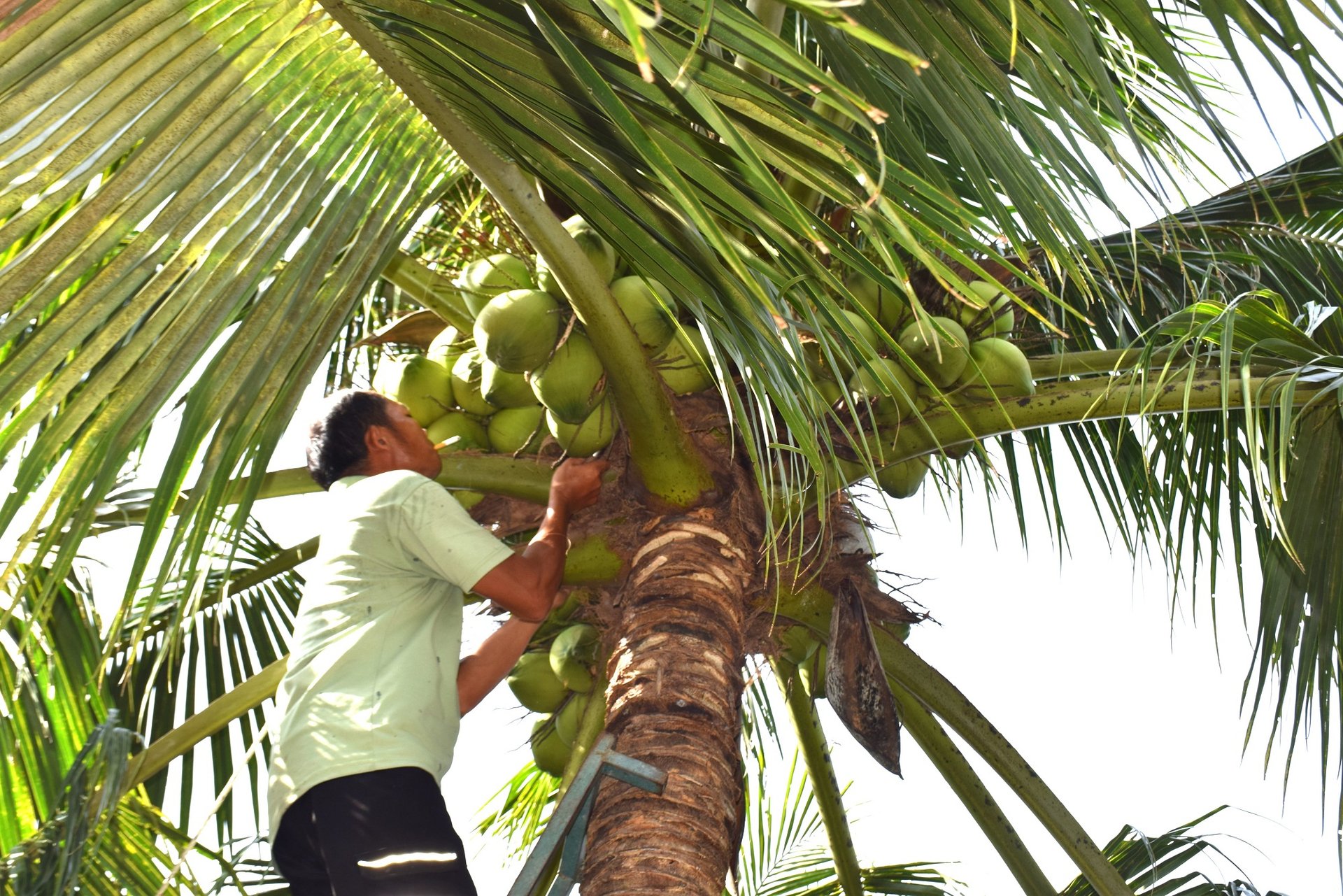
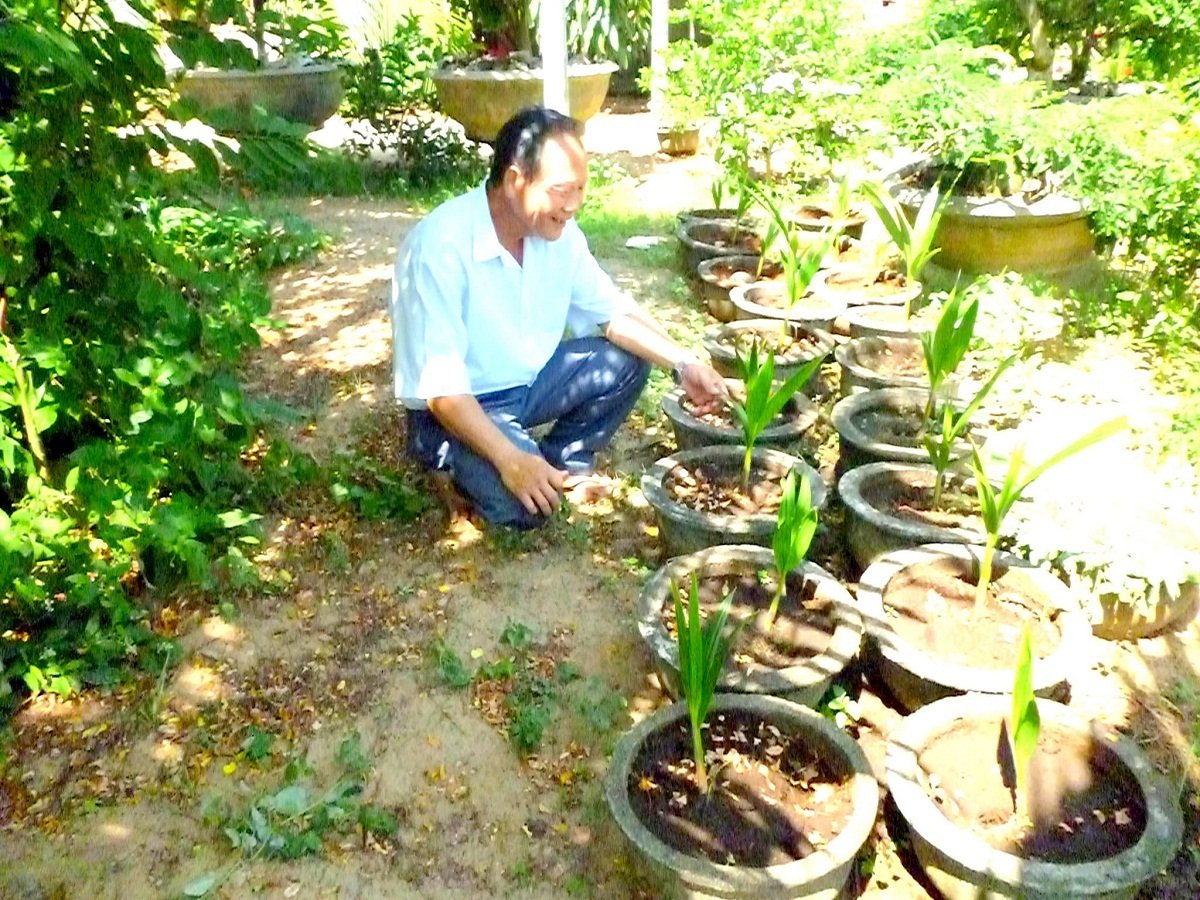
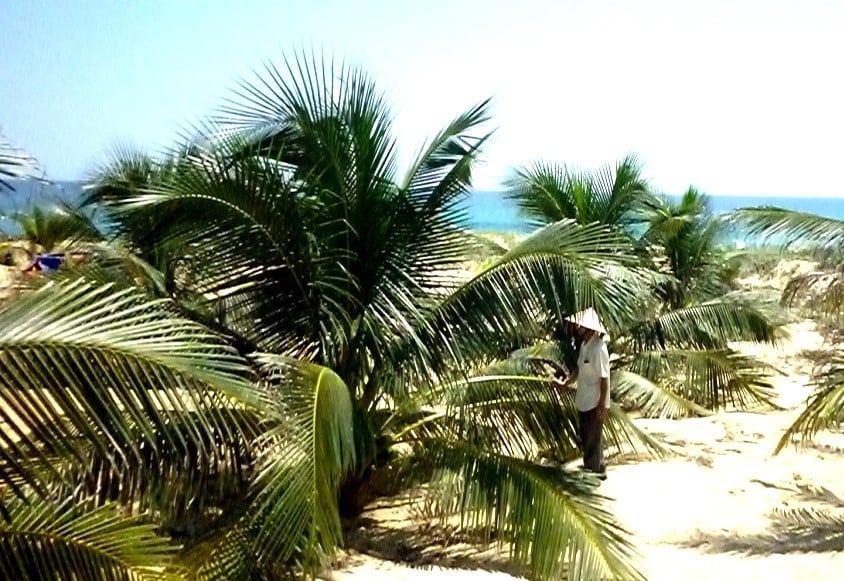
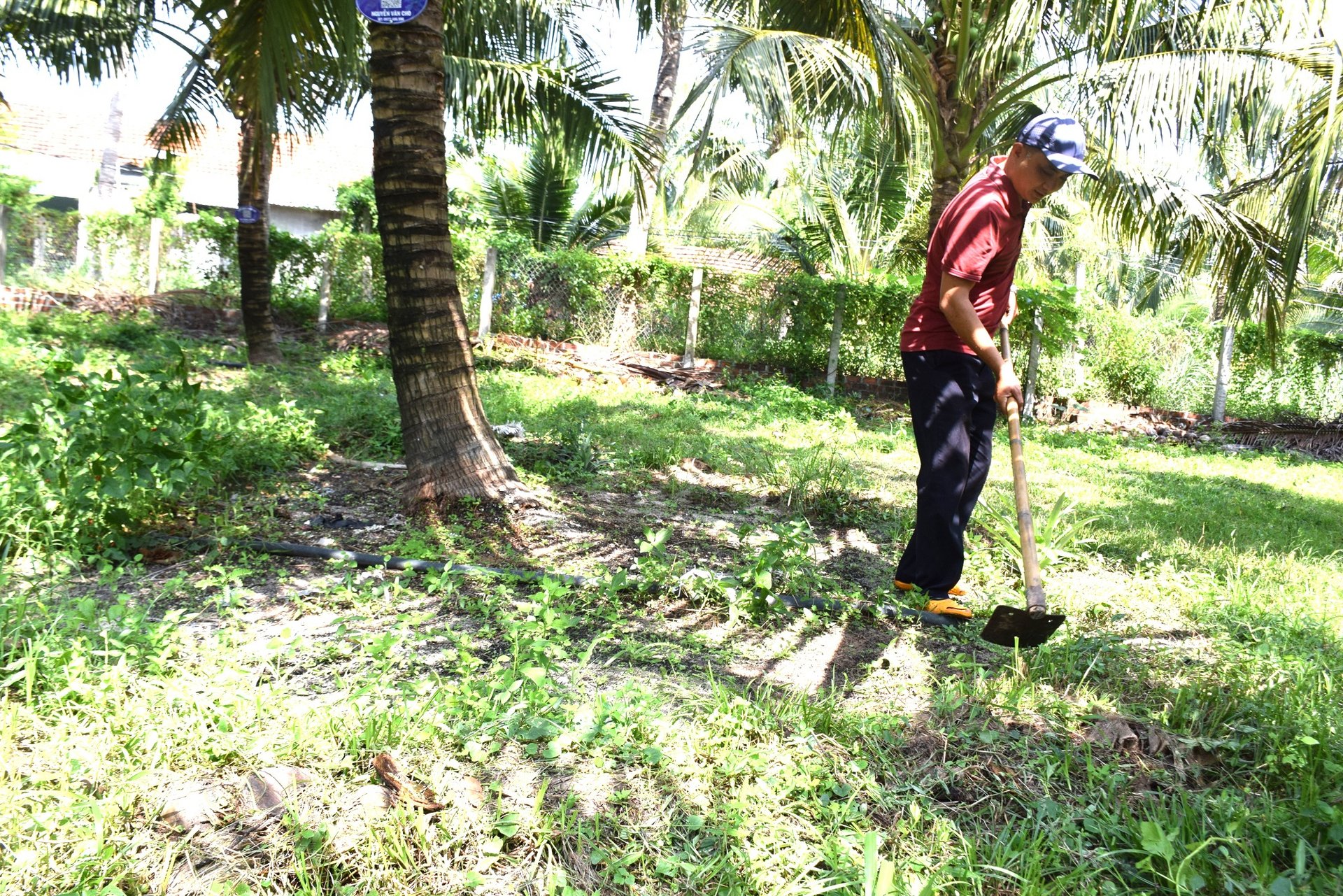
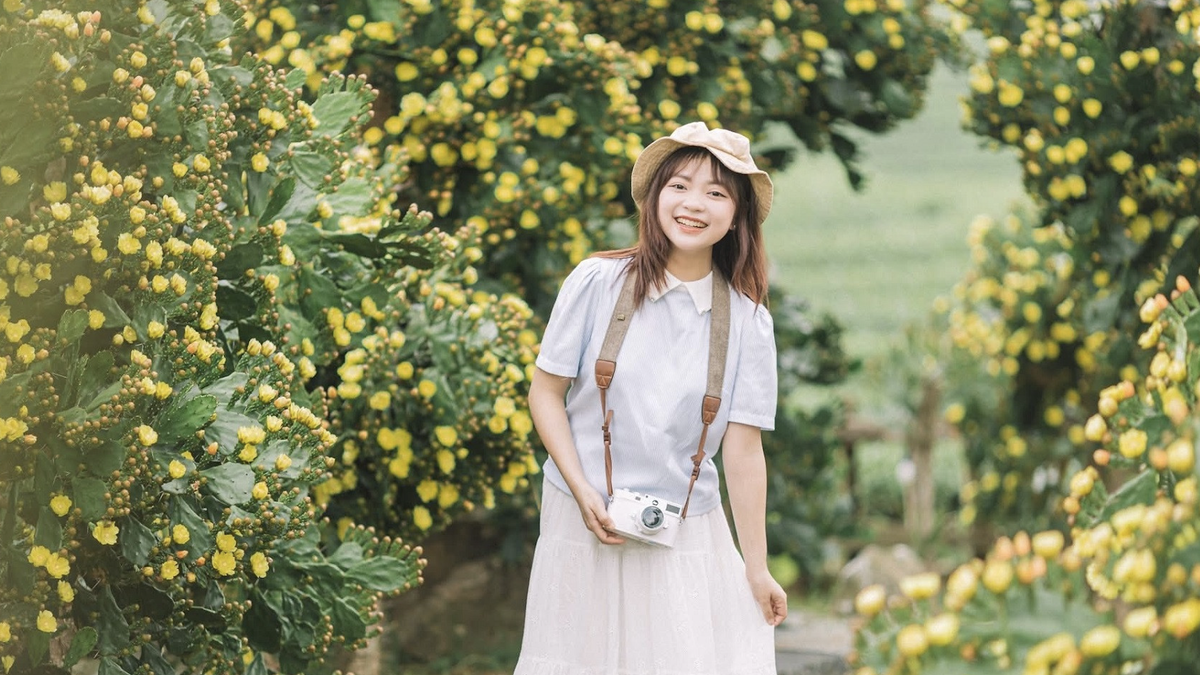
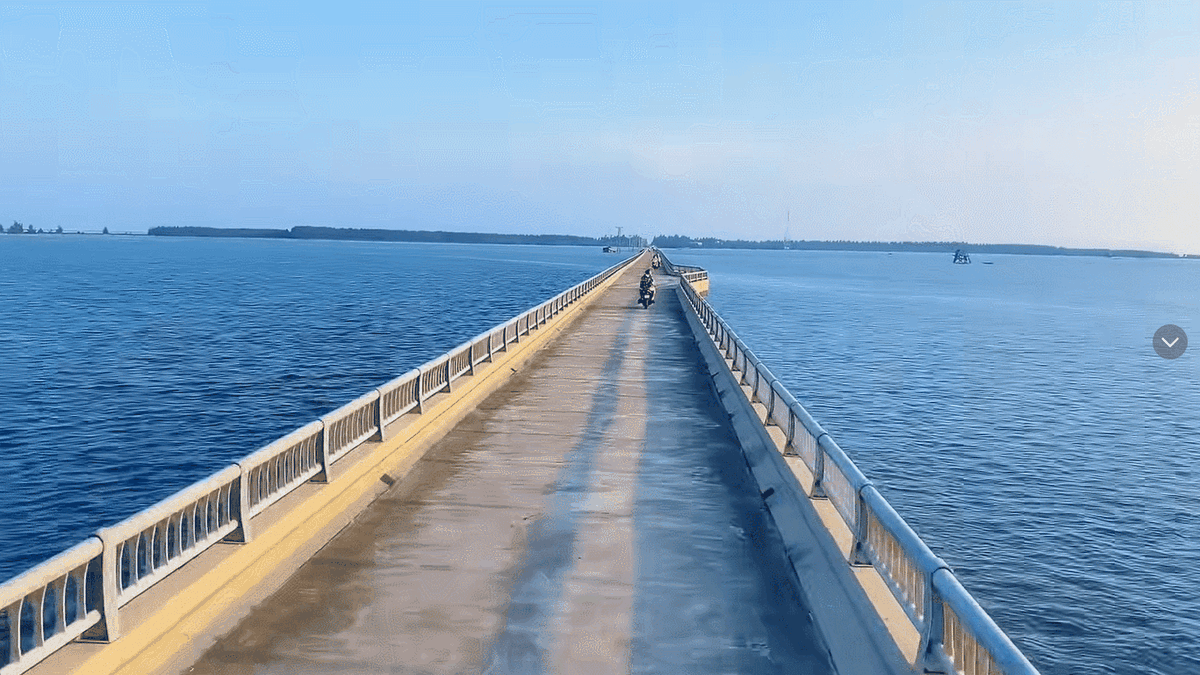
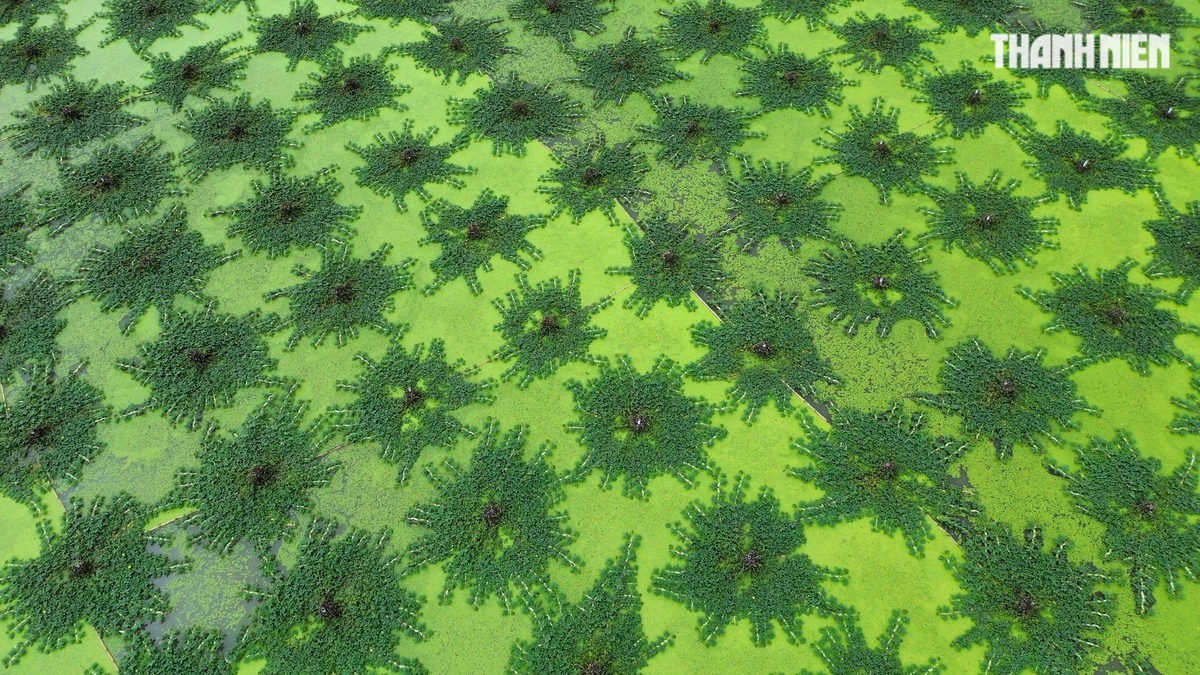
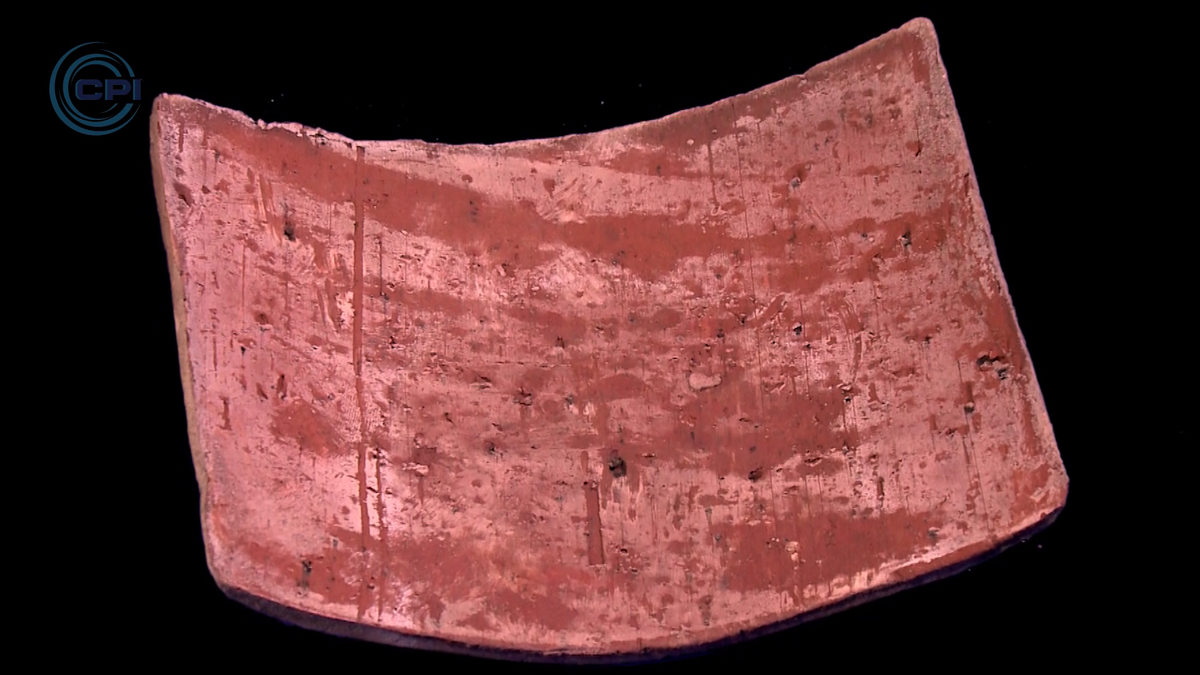
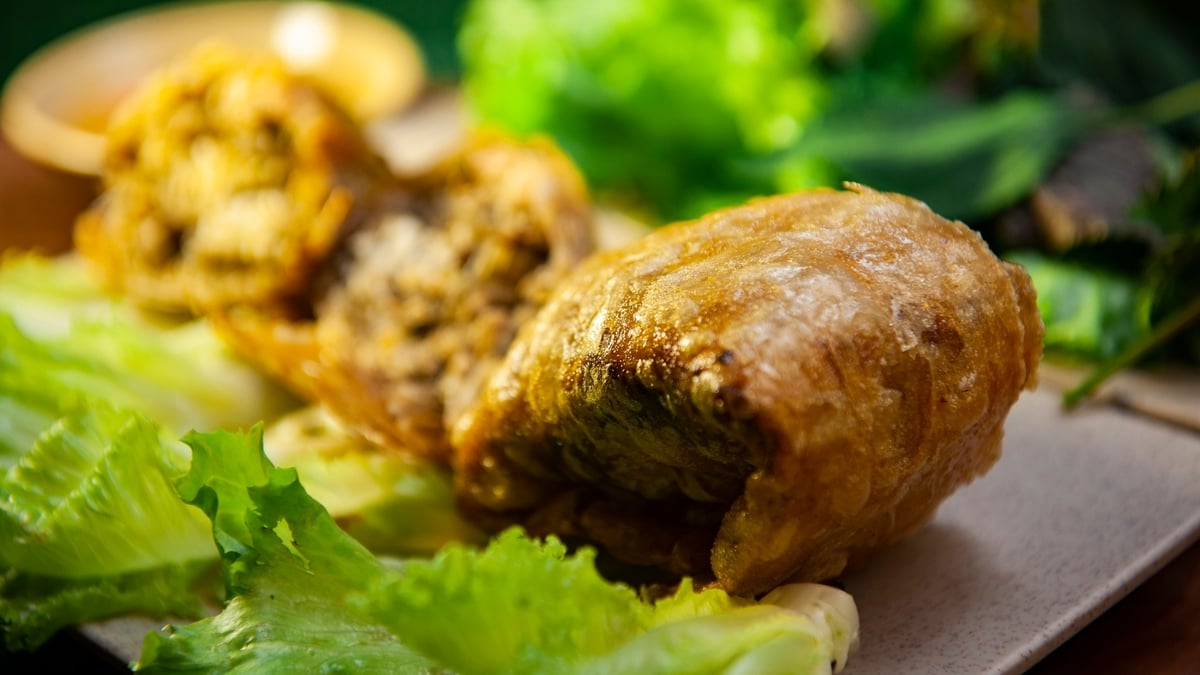
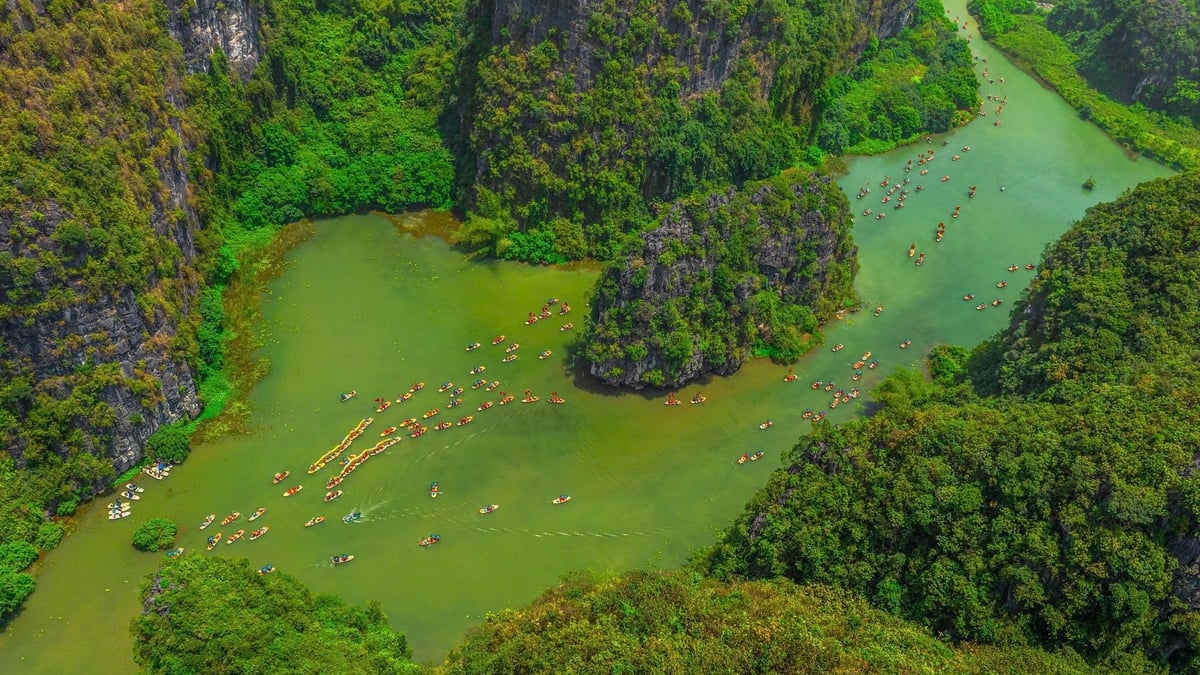
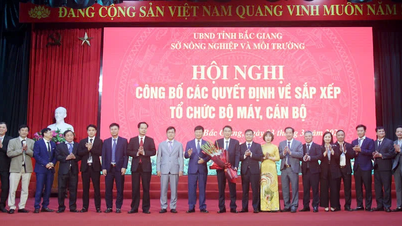
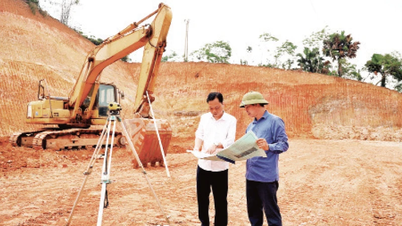
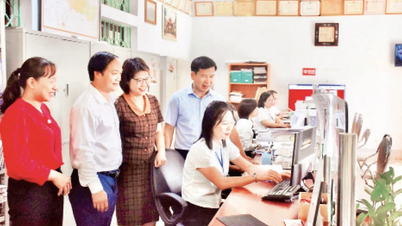
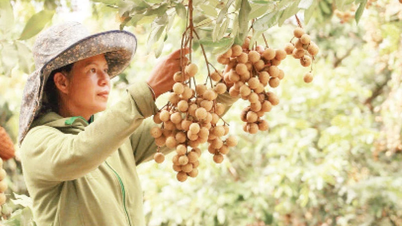
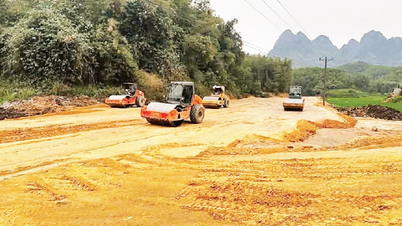
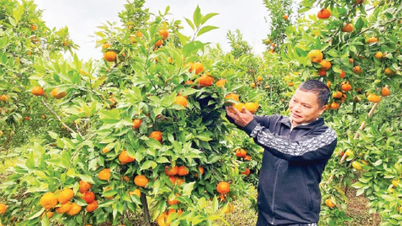







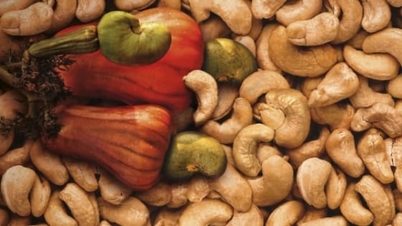
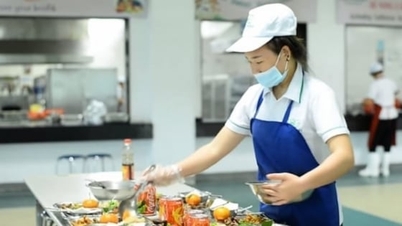
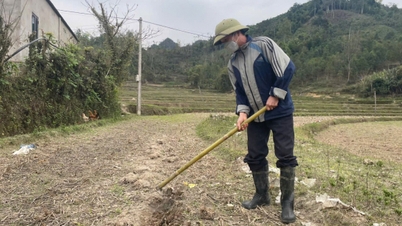
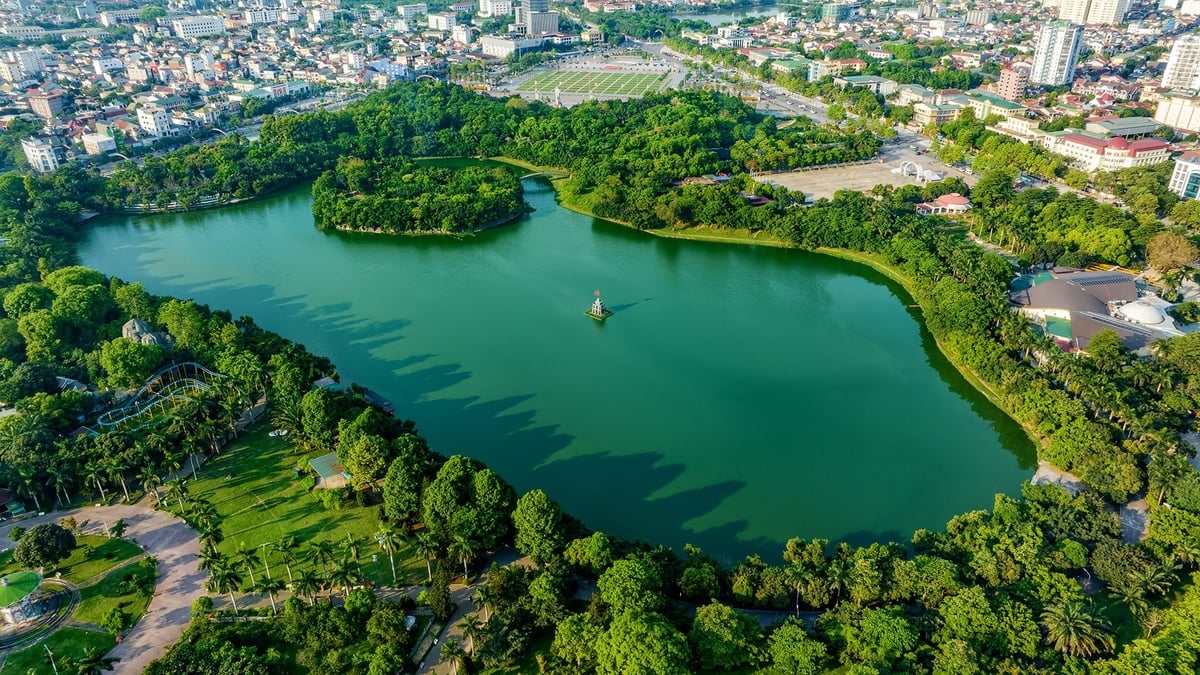
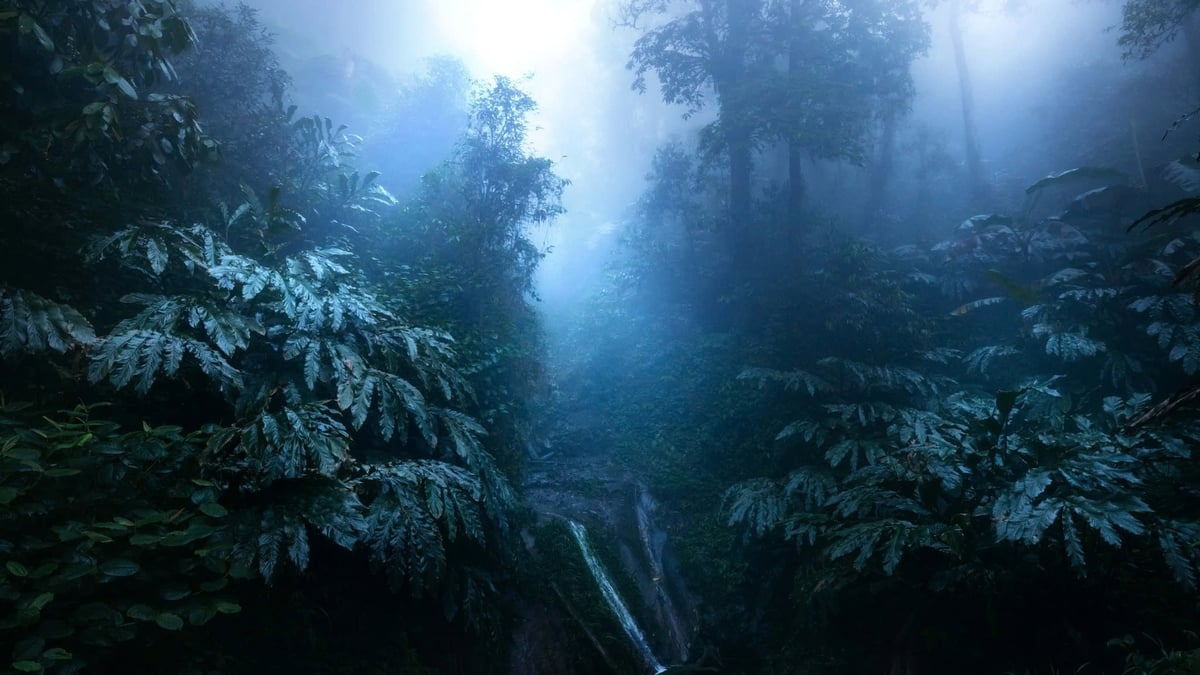








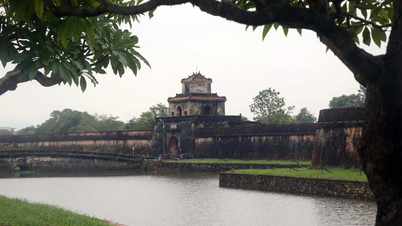

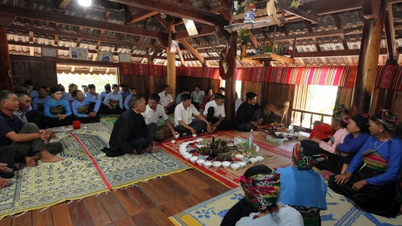



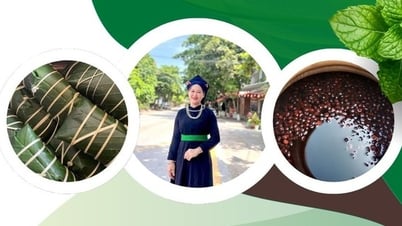





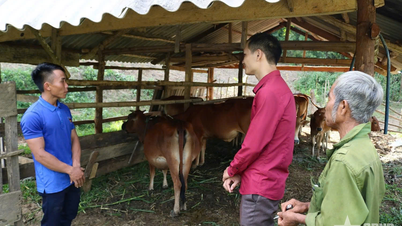













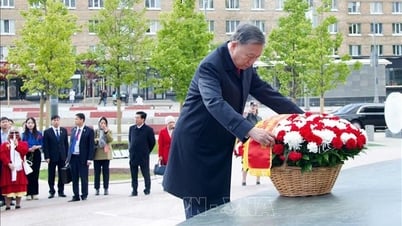


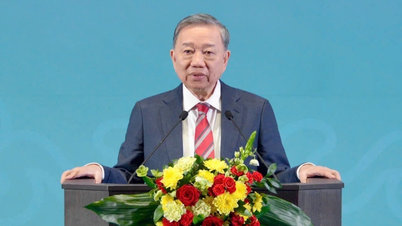











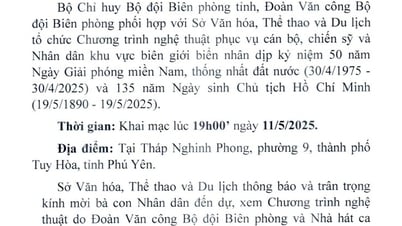



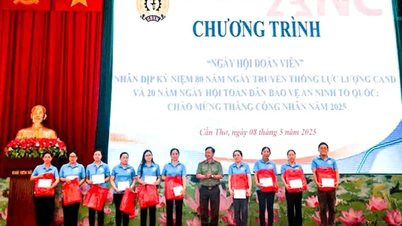

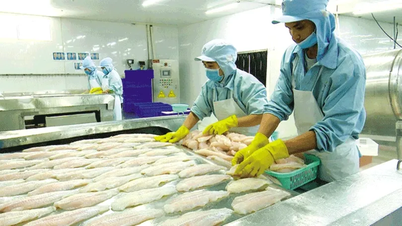
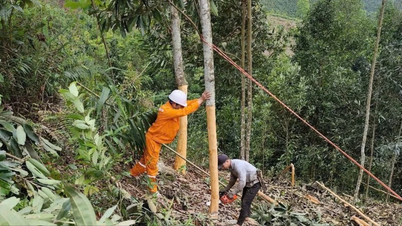












Comment (0)